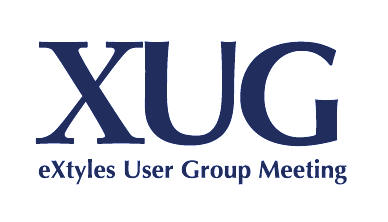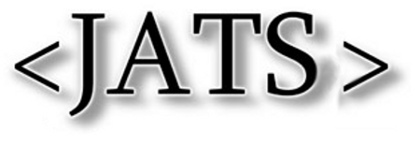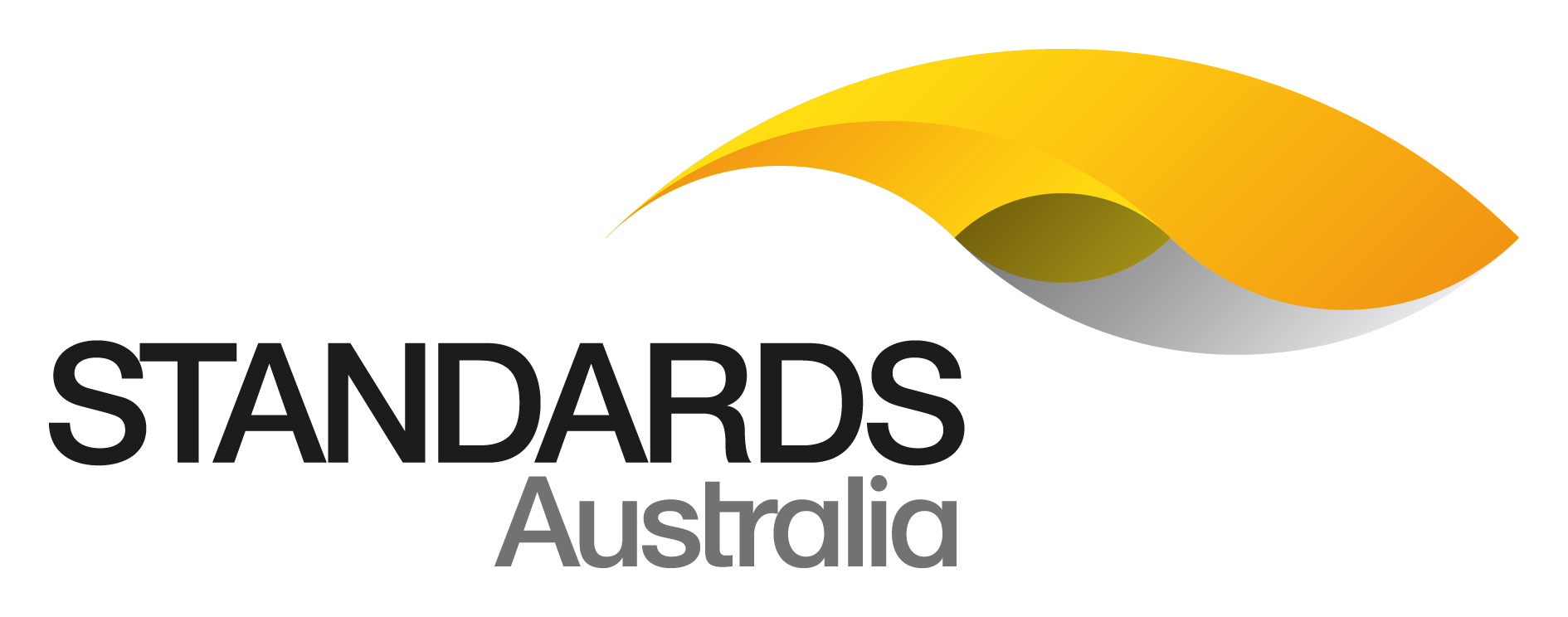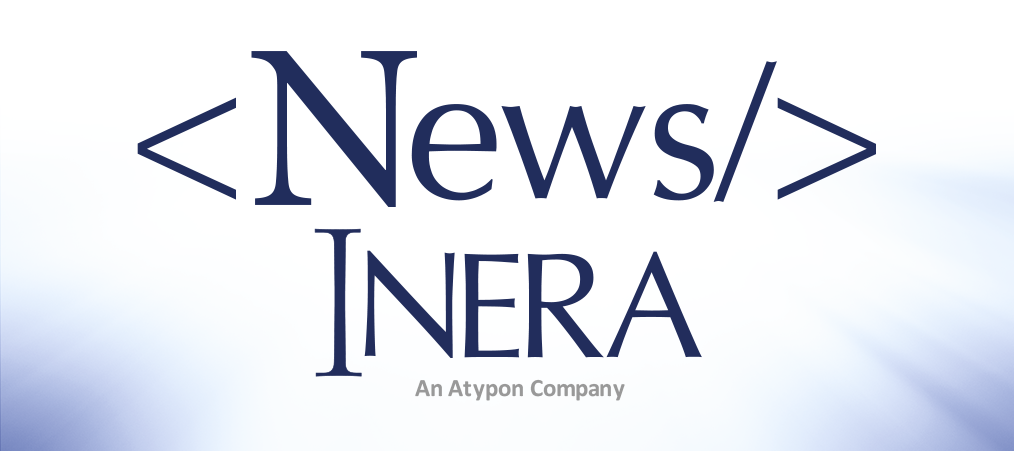What’s new at Inera and around the industry
September 2017 Newsletter
eXtyles, Edifix, and industry updates from Inera .
XUG 2017: November 2 & 3, Cambridge, MA
► Registration for XUG 2017 is now open! Click here to register.
► There are still some rooms available at the Sheraton Commander at a special group rate—but only until October 11, so reserve now for the best deal!
► This is your last chance to suggest a breakout table topic! Click here to vote on our suggested topics and/or propose your own.
► Check out our exciting XUG courses, offered on November 3:
- eXtyles Export Workshop (Inera)
- Word (and Excel!) Tips for Editors (Inera)
- Just Enough JATS, BITS, and STS (Mulberry Technologies)
- XPath: The Secret to Success with XSLT, XQuery, and Schematron (Mulberry Technologies)
We look forward to seeing you on November 2 and 3!
New on the blogs
► On the eXtyles blog, learn how using eXtyles helps our customer Dustri-Verlag increase bibliographic reference accuracy in their journals.
► Ever wondered what (if anything) is the difference between ICMJE style and Vancouver style? Find out on the Edifix blog!
News from Edifix
Edifix 3.2 is here, featuring improved processing of numbered lists and DOIs! To get all the details, click here.
Inside the history of JATS
 How did JATS (the Journal Article Tag Suite) come to be? Who created it, and where was it first adopted? How did JATS become a publishing standard? What’s next for JATS and its companion DTDs, BITS and STS?
How did JATS (the Journal Article Tag Suite) come to be? Who created it, and where was it first adopted? How did JATS become a publishing standard? What’s next for JATS and its companion DTDs, BITS and STS?
Inera CEO Bruce Rosenblum answers all these questions and more in this interview in the September NISO Newsline!
Not to be missed: Going meta with STS
On September 26 at noon Eastern time, as part of the NFAIS Lunch & Learn series, Inera CEO and NISO STS Working Group co-chair Bruce Rosenblum presents “Going Meta with STS! The New NISO Standard for XML Tagging of Standards.” In this 45-minute webinar, Bruce will give an overview of the STS project and the impact it will have on the publication, distribution, and use of standards.
NISO STS, a standard XML tag set for the publication of standards, has been in development since 2015. Derived from the JATS standard, this new standard, ANSI/NISO Z39.102, is currently at NISO member vote and is expected to be final as October 2017.
Balisage redux
The 2017 edition of Balisage: The Markup Conference, held in Washington, DC, wrapped up on August 4, and full proceedings are now available!
As we reported last month, Inera’s Caitlin Gebhard presented her paper “Finding the Tipping Point in Automated Markup during Up-Translation” at the pre-conference symposium on July 31. Here are Caitlin’s Balisage conference highlights:
► “How Many Hamsters Does It Take? Under the Hood at PMC,” by Jeff Beck (National Center for Biotechnology Information)
► “A System to Identify Plagiarized Images in STM Journal Submissions,” presented by Mark Gross (Data Conversion Laboratory), Ari Gross (CVISION Technologies, Inc.), and Yunhao Shi (CVISION Technologies, Inc.)
► And, finally, the excellent keynote address by Tommie Usdin (Mulberry Technologies)! Alas, there’s no full version we can link to, but you can get a taste by reading the abstract.
Semantic marker-uppers of the world unite!
Find Inera at upcoming conferences
► International Congress on Peer Review and Scientific Publication 2017
Chicago, IL, September 10–12
Inera’s Elizabeth Blake and Sylvia Izzo Hunter will be exhibiting at this meeting, which features peer-reviewed research on all aspects of the scientific publication process. If you’re planning to attend, please stop by Booth 5 to say hello!
► XML for Standards Publishers: A NISO Live Connections Event
Geneva, Switzerland, October 9
Organized by NISO and co-sponsored by Inera, this symposium is designed to help standards publishers understand how XML can facilitate interoperability, reduce costs, support accessibility, and facilitate both content reuse and multi-format publication for different devices. To register, click here!
► Frankfurt Book Fair 2017
Frankfurt, Germany, October 11–15
Inera’s Irina Golfman, Bruce Rosenblum, and Robin Dunford will be at stand N84 in Hall 4.2 at this year’s Frankfurt Book Fair. Bruce will also be giving a 30-minute HotSpot presentation on Thursday, October 12, at 1:00 pm: “Single-Source Publishing: from Word to XML and Beyond.”
► FACE/INTERFACE: Type Design and Human–Computer Interaction Beyond the Western World
Stanford University, Stanford, CA, December 1–2
Long before he joined Inera, CEO Bruce Rosenblum was already experimenting with publishing technologies. At this international conference of scholars, designers, engineers, and technologists, Bruce goes back to his roots. In “Early Attempts to Photocompose Non-Latin Scripts,” he’ll explore how the Graphic Arts Research Foundation (GARF) researched and developed prototype solutions for photocomposition of non-Latin scripts from the 1950s to the 1980s, including three generations of Sinotype, a system to compose Chinese. FACE/INTERFACE takes place alongside the Fall 2017 Stanford University Libraries exhibition.
Attending one of these events? We’d love to see you! Please contact us if you’d like to schedule a meeting.
How eXtyles helps with standards publishing
 The publication of standards is a complex process involving committee authorship, multiple rounds of revision, and multi-format and multi-language production. eXtyles helps standards publishers and organizations by providing sophisticated tools for Word-based standard editing and XML-based standard production.
The publication of standards is a complex process involving committee authorship, multiple rounds of revision, and multi-format and multi-language production. eXtyles helps standards publishers and organizations by providing sophisticated tools for Word-based standard editing and XML-based standard production.
eXtyles was adopted as the editorial and XML solution of the International Organization for Standardization (ISO) in 2011, and is now the tool of choice for many standards bodies worldwide—including Standards Australia! Inera’s Robin Dunford just returned from a training trip to Standards Australia; check out this video to see the services that Standards Australia is able to deliver thanks to their use of eXtyles.
Learn more about Inera’s standards solutions at inera.com!
Crossref, stars of the (silver?) screen
 Are you a Crossref member with questions? Curious about Crossref and what they do? Check out the Crossref Youtube channel, starring the hows and whys of Crossref’s features and services!
Are you a Crossref member with questions? Curious about Crossref and what they do? Check out the Crossref Youtube channel, starring the hows and whys of Crossref’s features and services!
We particularly like this overview of reference linking, which explains why you should link your references and how to do it—co-starring eXtyles as the power behind the Crossref Simple Text Query service.
Word Tip: Quick line spacing
Word’s default line spacing is 1.15, but maybe you want single spacing (e.g., for a formal report or letter) or double spacing (for a manuscript you’re about to start editing). To quickly impose single spacing on the paragraph you’re in (or, by first using Select All, on the whole file), use Ctrl-1; to double-space text, use Ctrl-2.
Epic Word Fail: White space goes berserk
Here at Inera, we like to think we’ve seen all the ways Word and its users can fail one another—and then along comes another idiosyncratic Word file to prove us wrong. We thought you might enjoy hearing about some of these experiences (names changed to protect the guilty), spotted in the wild by Inera staff—and we hope you’ll contribute your own!
► THE FAIL: Refusal to acknowledge the enter key
Some years ago, your roving reporter met a mild-mannered manuscript that concealed a terrible secret: its author had not pressed the Enter key even once. Instead, each new paragraph had been created by pressing the spacebar until the cursor reached the desired location on a new line.
You can guess what happened next: whether using eXtyles Cleanup, a tool like FileCleaner, or your own clean-up macros, one of the first things any editor does is replace multiple spaces with a single space. In this case, the result was a thirty-odd-page, single-paragraph file and some wailing and gnashing of teeth.
► THE FIX
Like last month’s Word Fail, this one is a salutary reminder that you should always work with formatting symbols showing.
Should you encounter this or a similar white space fiasco, some manual find-and-replace work will be required up front—but, trust us, that preliminary fixing will take MUCH less time than after-the-fact repair work.
→ Quick tip: to put a tab in the Find or Replace box, type ^t; for a paragraph mark, type ^p.
In less extreme cases, though, eXtyles Cleanup will fix your white-space weirdness with no additional intervention!
To learn more about how eXtyles handles white space in author-supplied manuscripts, check out “eXtyles Cleanup” from Inera’s User Documentation library.
